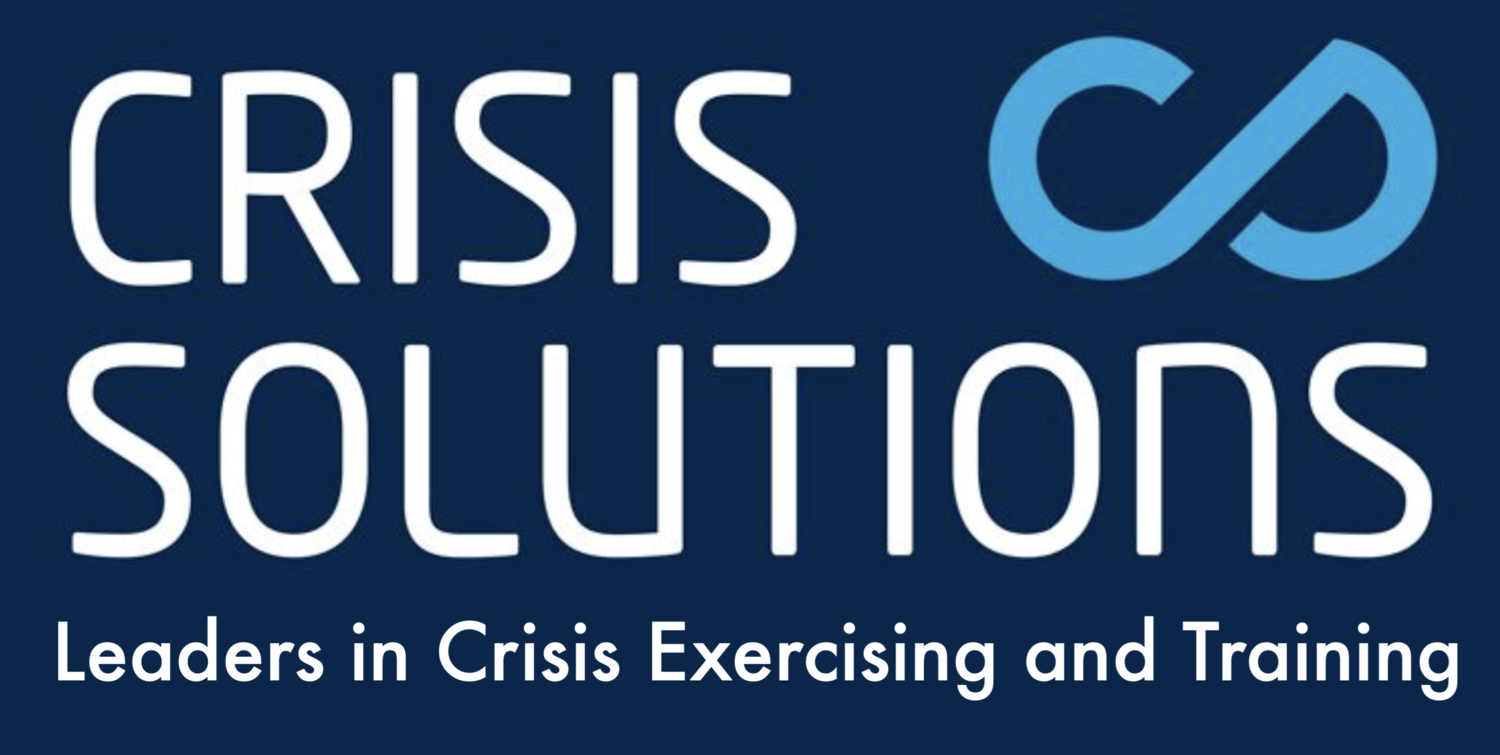‘Chernobyl’: A crisis management masterclass (1)
‘Chernobyl’
Anyone watching Sky Atlantic’s hard-hitting drama ‘Chernobyl’ - depicting the 1986 nuclear power plant disaster will no doubt be wondering ‘How on earth could that happen?’. And as business continuity and crisis experts we might well ask ‘What can we learn?’.
It’s easy to think that things have changed - different times, different culture, but I’m not so sure. In this article I’m going to try and identify several characteristics evident in that crisis and examine how those could have been prevented.
For those not familiar with the crisis, a nuclear power plant in the Ukraine - then part of the Soviet Union - exploded, causing a fire that lasted for several days and radioactive fallout to be spread over a number of countries, including parts of the UK. The number of deaths is difficult to ascertain. The radiation caused a significant increase in cancer rates in affected areas meaning the exact number may never be known.
The first and most stark characteristic is the culture under which the plant employees and managers worked. The USSR pre-Glasnost (essentially, ‘openness’) relied on strict hierarchy, where the questioning of seniors was actively discouraged. This was combined with a senior management structure that forced major decisions up the line to be made by committees based hundreds of miles away in Moscow.
Today, many organisations use a Gold, Silver, Bronze approach to crisis management, designed to clarify the decision-making framework and ensure that those ‘on the ground’ have clear and adequate authority to make immediate decisions where there is a threat to life. For example, if there was a fire on an oil rig nobody would expect the local manager to have to phone through to Head Office to make decisions about evacuation of the site.
But did the engineers at Chernobyl even realise they were facing a crisis? In many environments - particularly in engineering - there is an attitude that every day is a crisis, an endless series of problems. But a real crisis requires a step-change in attitude. Clear leadership is required. Decisions need to me made quickly, often with incomplete or imperfect information. Established ‘business-as-usual’ procedures will need to be replaced by the need to operate in crisis mode. None of this can happen if an organisation, or individuals within it, don’t know they are in a crisis situation. At Crisis Solutions we stress the importance of organisations not walking into a crisis zombie-like. Every organisation should identify clear thresholds that mean a crisis is imminent. We call these ‘crisis triggers’. Hitting a crisis trigger means the organisation switches into crisis mode immediately and everyone knows they have to now think and act differently.
An important aspect that becomes clear from the Chernobyl disaster is the lack of established process. Plant management, local authorities, firefighters and even hospitals had never encountered such a serious nuclear incident. They had not thought through the implications and had no planned, rehearsed response. As a result, they had to make on-the-spot decisions to the best of their ability. Most of us do not encounter a crisis often, and when one occurs it is unreasonable to expect us to make the best decisions if we don’t have a process and haven’t rehearsed. Even the most experienced pilots rehearse in simulators. They follow checklists. As an experienced pilot friend once said to me ‘Every item on a checklist is there because someone once had an accident.’
Of course, in order to rehearse you have to have a plan in the first place. I always think that time spent in a comfortable meeting room, with coffee and biscuits, thinking about ‘what if?’ is invaluable. This ‘slow time’ walkthrough of a crisis situation is every bit as valuable as fast-paced challenging crisis simulations.
In the next blog I’ll look at further lessons we can draw from the ‘Chernobyl’ disaster as a business continuity and crisis manager.
Richard Whitby (MD)

